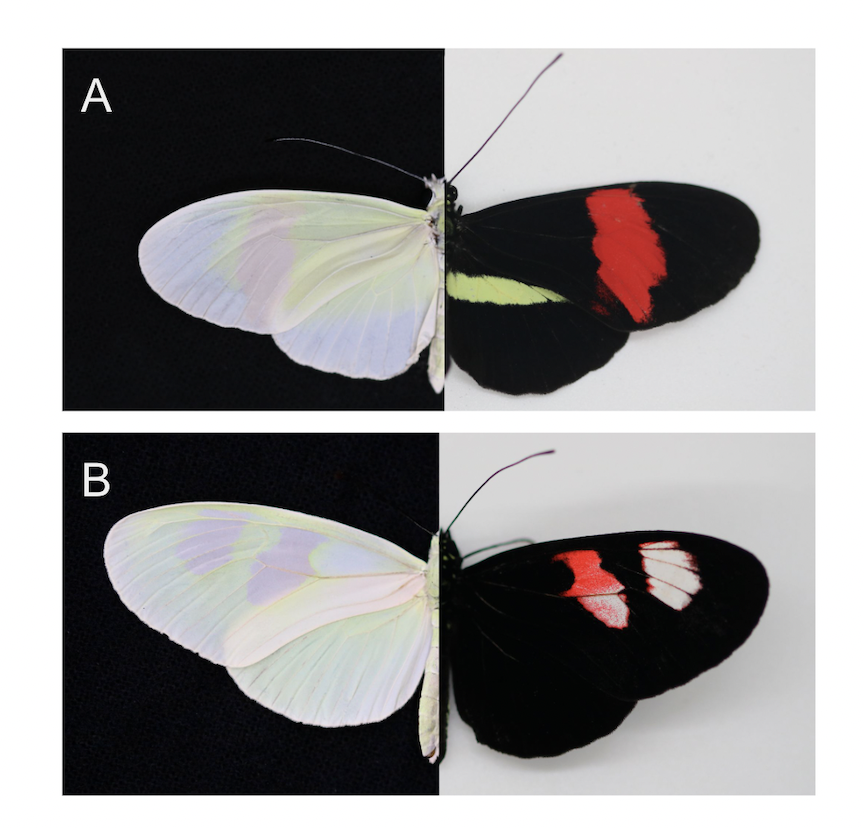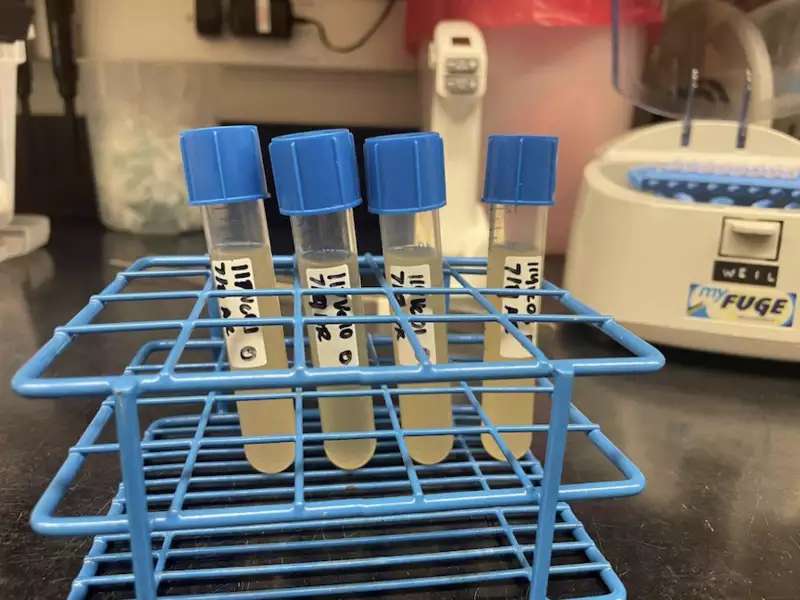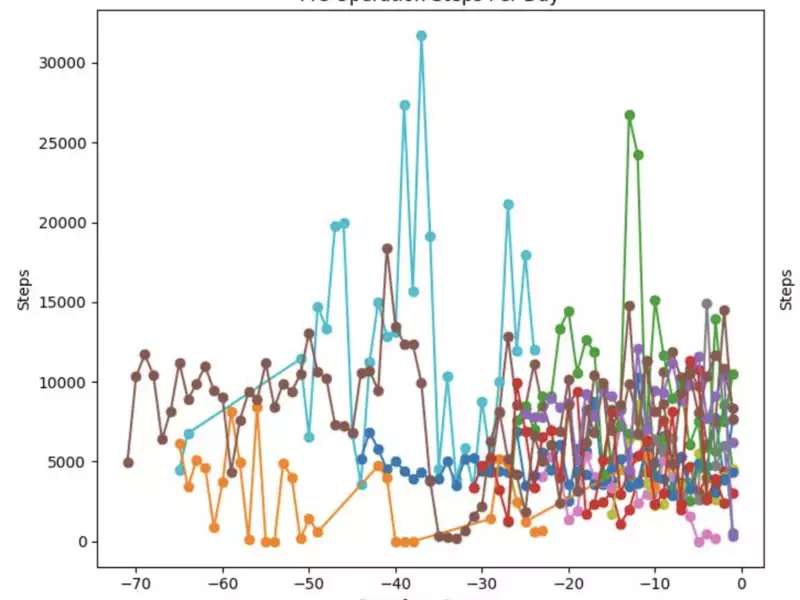I have continued to work with CRISPR over the past month, injecting fresh Heliconius melpomene and Heliclonius numata eggs with CRISPR-Cas9 and different guide RNAs. This project is based on findings from “A large deletion at the cortex locus eliminates butterfly wing patterning” (Hanly et al., 2022), which looked at a lighter variant found in a captive population of “piano key” Heliconius melpomene butterflies. In these lighter variant butterflies, all scales on both the wings and the body become either white or yellow due to a major deletion in the cortex locus was found to be responsible for these lighter variants.
Our project focuses on regions of DNA that were in this deleted region or whose expression was affected by this deletion to better understand which genetic region in this deletion is responsible for this change in coloration. We have been focusing our recent CRISPR efforts on knocking out mir193, a region that, once transcribed into RNA, becomes one of the many microRNAs which makes up a larger non- coding RNA known as ivory. We have successfully raised 8 butterflies from injected eggs with entirely white wings or with large white patches on their wings. This result suggests that mir193 is required for the formation of the black scales in these butterflies. However, most of the Butterflies emerged from the eggs we injected with CRISPR-Cas9 and the mir193 guide RNA have no phenotypic difference from unedited butterflies, as CRISPR-Cas9 is a sensitive process and is not always able to make the deletion. Further work must be done to verify that the CRISPR injections worked as intended and that the mir193 region, and only this intended region, was removed from these butterflies' genomes. We are currently designing primers so we can amplify the genetic information from this region with PCR and sequence it for this verification in these mutants.
There are still many questions remaining about how these regions of the genome create white mutant butterflies without black pigment and with lighter red pigment. This research pushes us closer to understanding the system of developmental networks which create the beautiful and distinctive patterns of wings in different species of butterflies. We anticipate this knowledge will be applied to understand how genetic networks function in more complex developmental systems.



